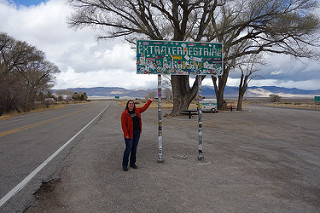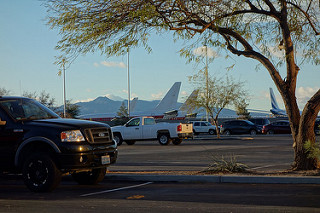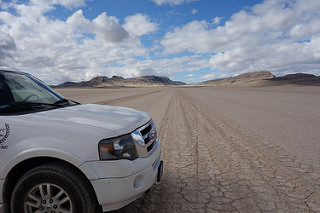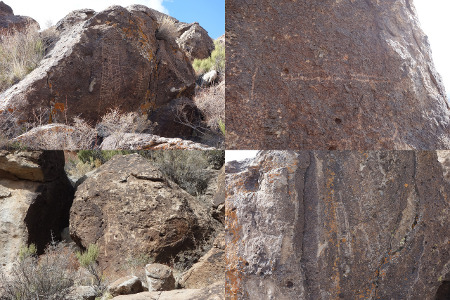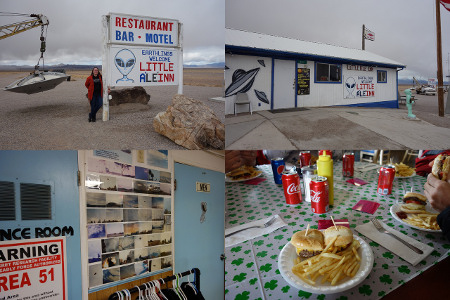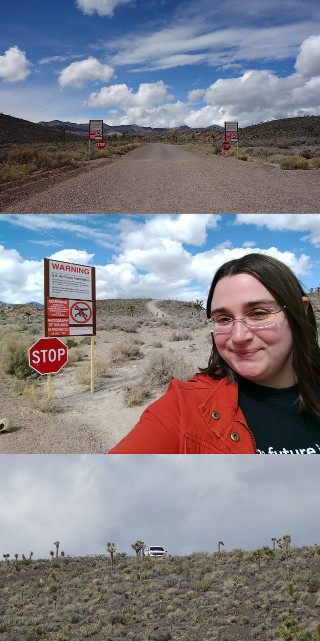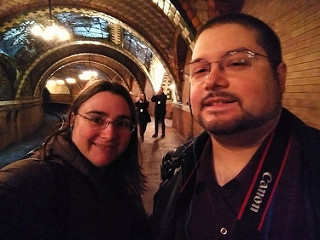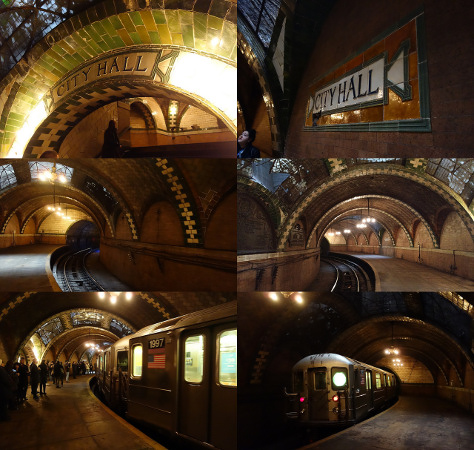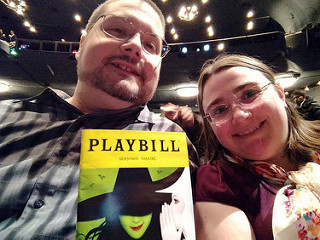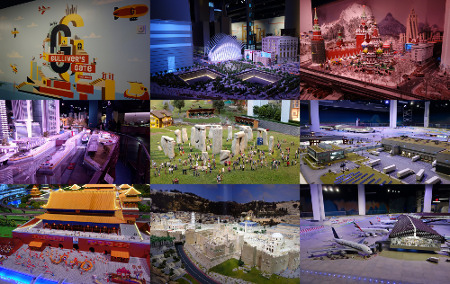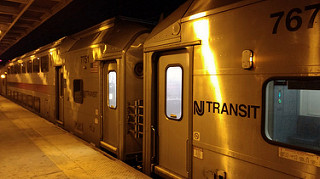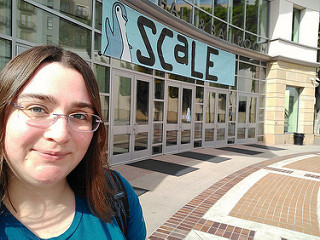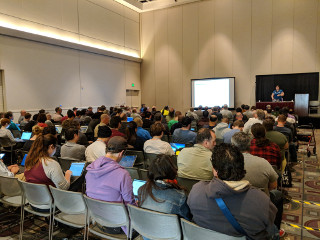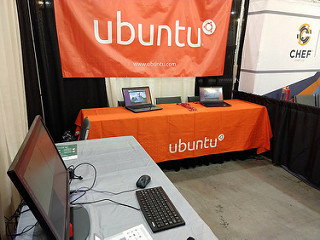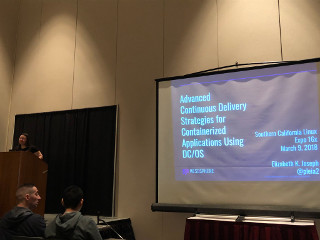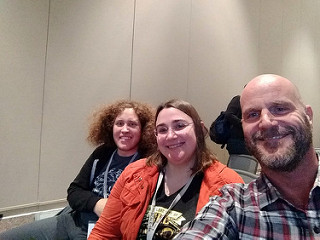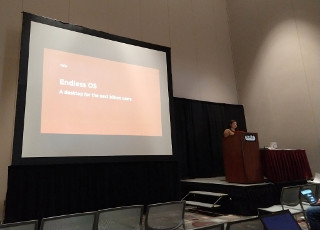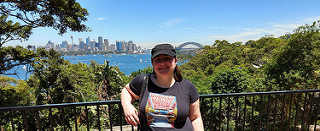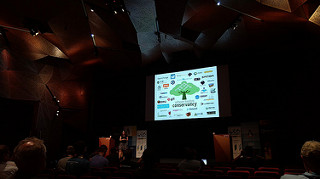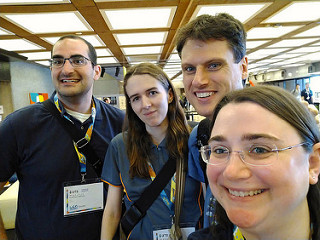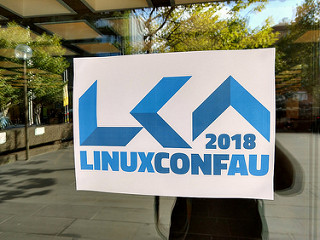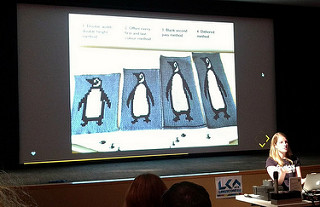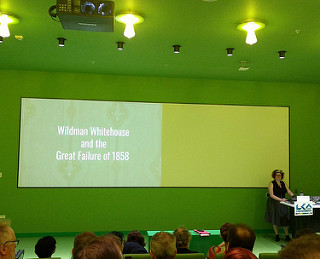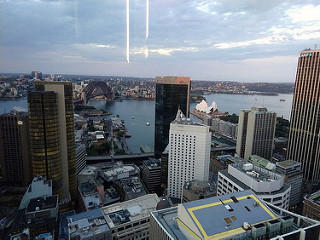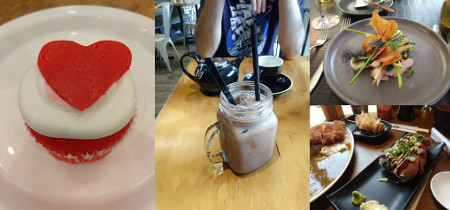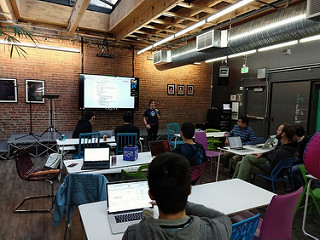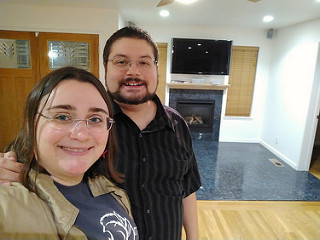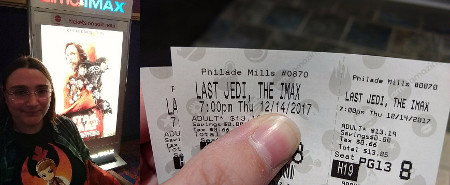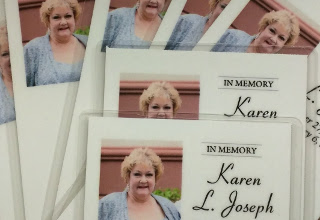On Friday Art Bell passed away at age 72. The radio program he founded, Coast to Coast AM wrote an RIP post here.
If you’re not familiar with it, Coast to Coast AM is a late night (over night on the east coast) show that has guests and callers who talk about paranormal activities or conspiracy theories. Aliens, ghosts, medical mysteries, what the government is up to, cover-ups, you name it. As a skeptic, it may seem a very unusual choice for me, but it turns out that listening to these sorts of things helped hone my critical thinking skills during my formative years.
The X-Files premiered just a couple weeks before I turned 12. I remember watching the pilot with my mother, and I was immediately hooked. I was as big of an X-Phile as you could be at the time without internet or much money. I watched every show, I had the X-Files movie poster in my bedroom, I had a crush on Mulder and wanted to be Scully. I loved it, and this didn’t escape the notice of my parents. At some point my father told me about Coast to Coast. He was working as an overnight security supervisor at the time, and even though the overnight time slot was something I should have avoided, he thought I should know about it. Fortunately, I struggled with insomnia as a teen.
My father was a HAM, a massive Tolkien geek, and I think one place my parents bonded was over a love for science fiction. I’d like to believe my father was a hard core skeptic like I’ve become, but I’m sure there were some conspiracy theories he believed. So with a tiny AM radio and a pair of headphones, I’d routinely listen and fall asleep to the voice of Art Bell, and the connection that gave me to my father who was away from home most nights, and slept away from us during the day.
The show itself brought me into a world of looking at things differently, questioning authority, and trying to learn more to see if stories presented could really be true. The show had its fair share of people who were a bit “out there” and sometimes my father and I would chat about them, but the show wasn’t a joke to me and I had real compassion and understanding for these people. To this day, I gravitate toward the conspiracy theory characters in TV shows, and I still have a bit of a crush on Byers of The Lone Gunmen. Though I very much don’t believe, I Want To Believe. You better believe I went to the International Cryptozoology Museum the last time I was in Maine.
I still watch paranormal documentaries here and there, including ones like Ancient Aliens. A visit to the Little A’Le’Inn in Rachel, Nevada was on my visit list since moving out west. There’s no easy way to get there though. The closest major airport is in Las Vegas, and Rachel, along with nearby Area 51, is about two and a half hours away by car.
However, there are Area 51 tours out of Las Vegas, and Las Vegas is a place I visit every couple of years! On one of these trips I bought a ticket and went along. For nine hours you’re whisked out of the comforts of Las Vegas and into the desert of central Nevada. The first thing to know about the tour is that you’re out of the car for maybe two hours of this trip, the rest is riding in the SUV, frequently on dirt roads. This part of Nevada is also higher in elevation than Las Vegas, so I actually saw some unexpected snow flurries while I was there! If you can cope with all that, you’re golden.
The tour begins with a stop by McCarran International Airport, the airport in Las Vegas. Peering through the fence you can see the discretely marked government planes that they say run from McCarran to Area 51 throughout the day.
The next stop was pretty fascinating, the Delmar dry lake. To get there the tour guide took us from paved road, to a lot of dirt road, and then finally on to the lake bed. The lake bed is so solid it felt like paved road again and he was able to zip across it easily at over 65 MPH. It also makes this an ideal landing strip for military planes doing testing runs, touch-and-gos, or if they need an emergency landing. Indeed, it was impossible to miss the tracks where planes had landed there. He parked on some and made jokes about planes landing while we were there on their “runway” in the desert.
From there it was off to see some ancient Indian petroglyphs. The story goes that extraterrestrial beings visited the native Americans of ancient times, and the recording of this encounter were these carvings in stone. A flying saucer, a humanoid in a space suit, humanoids with very long arms. I remain predictably unconvinced, but it was neat to see it as an archaeological site.
It was then off on the long drive up to Rachel. We stopped at The Black Mailbox for some photos (it was there when we went!). Then finally at the Little A’Le’Inn for lunch! We ordered a round of cheeseburgers and sodas, and I went off to take pictures, and buy some goodies. You bet I got the t-shirt. And magnet, coffee cup, pin… I was truly in geek heaven here and wanted to make the most of it.
The culmination of this visit was actually going to the border of Area 51. The path to get there is another series of long dirt roads, and once you arrive, let’s be honest, there’s not much to see. It’s the entrance to a top secret military base. You can snap a selfie, see the truck up on the hill that will make sure you’re shot, or at least arrested, if you step over the line into the base. Going is more about getting close to something that we’ve all read and seeing stories about.
From there you go on your two and a half hour ride back to Las Vegas. It was a good thing I brought my ebook reader with me, I had plenty of time to catch up on some reading!
More photos from the tour here: https://www.flickr.com/photos/pleia2/sets/72157667830377338/
I don’t think I have any more conspiracy pilgrimages on my list, but I had fun on this one. Thanks to Art Bell for playing a role in what led me here. Art, I hope you rest in peace, or enjoy whatever you’ve now discovered happens in the afterlife.


